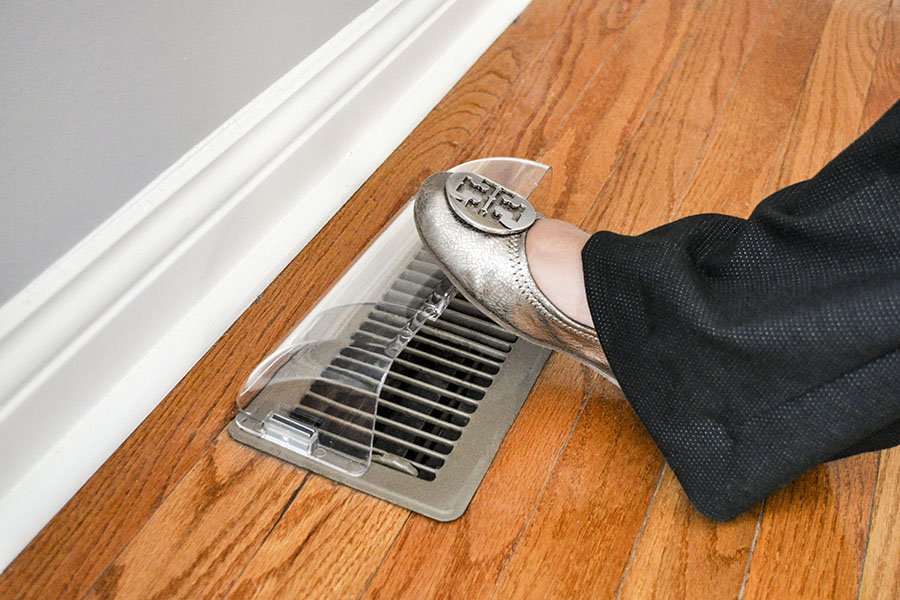Improving whole house comfort

We have a new heat pump, but we have a problem keeping all of the rooms in our home comfortable. Someone is always too hot or too cool. What are some simple methods to even out the temperatures throughout the house?—Jason F.
Today’s heat pumps are highly energy efficient and perform very well. And yet the problem of uneven temperatures in various rooms is very common. So many design factors are involved—each room’s location (basement, main floor, second floor), placement of windows and doors, orientation to direct sunlight, and the length of the ductwork for both air supply and air return.
Instead of focusing on things you can’t easily change about the construction of your home, the most effective and least expensive solutions are to improve how your home functions. By that I mean do everything you can to make sure that the air you are spending money to heat in winter or to cool in summer actually stays inside your house.
It’s easier than you might think, especially if you space out the jobs over a few weekends like this:
- Caulk and seal windows and around exterior doors;
- Seal accessible ductwork in crawlspaces or your unfinished basement, and attic;
- Improve the insulation in crawlspaces or your unfinished basement, and attic.
Improving airflow
You can also improve comfort in each room by controlling the direction the air moves and its speed. Take a close look at each air-supply register as well as the return vents to be certain that airflow is not blocked by curtains or furniture, and correct any problems.
To get the best results with a deflector placed on a supply floor register, you may need to change its position each season, perhaps angled toward the room’s center in summer, then outward in winter. (Manufacturers recommend when placed on wall supply registers, deflectors be turned up for cold air and turned down for warm air.)
If you don’t have any ceiling fans, a small fan with adjustable angle and speed that you place on the floor in front of a supply register may provide just the boost you need at certain times of the day. For example, running the fan 10 minutes before bedtime in the summer will quickly distribute cool air throughout a bedroom on the sunny south side of the house.
How to seal leaky ducts
Standard builder-installed sheet metal duct-work often has many leaky spots, so some of the heated or cooled air leaving your furnace or heat pump never makes it to the rooms in your home. The joints between the duct segments are the most common areas that leak. Use duct mastic to seal cracks and joints, or a high-quality foil tape to wrap all of the joints once the area has been thoroughly cleaned. (Do not use duct tape to seal ducts.) Watch how-to videos on YouTube.com by searching “seal ducts.”
James Dulley from the October 2015 issue.

